In the realm of the natural world, some animals boast incredibly long lifespans that defy the usual expectations of life’s fleeting nature. While human beings often regard 100 years as the pinnacle of longevity, several animal species routinely surpass this milestone, living for centuries and, in certain cases, even reflecting myths of immortality. This article explores ten remarkable animals that live beyond a hundred years, delving into their unique characteristics, habitats, and the biological secrets that contribute to their extensive lifespans.
1. Bowhead Whale
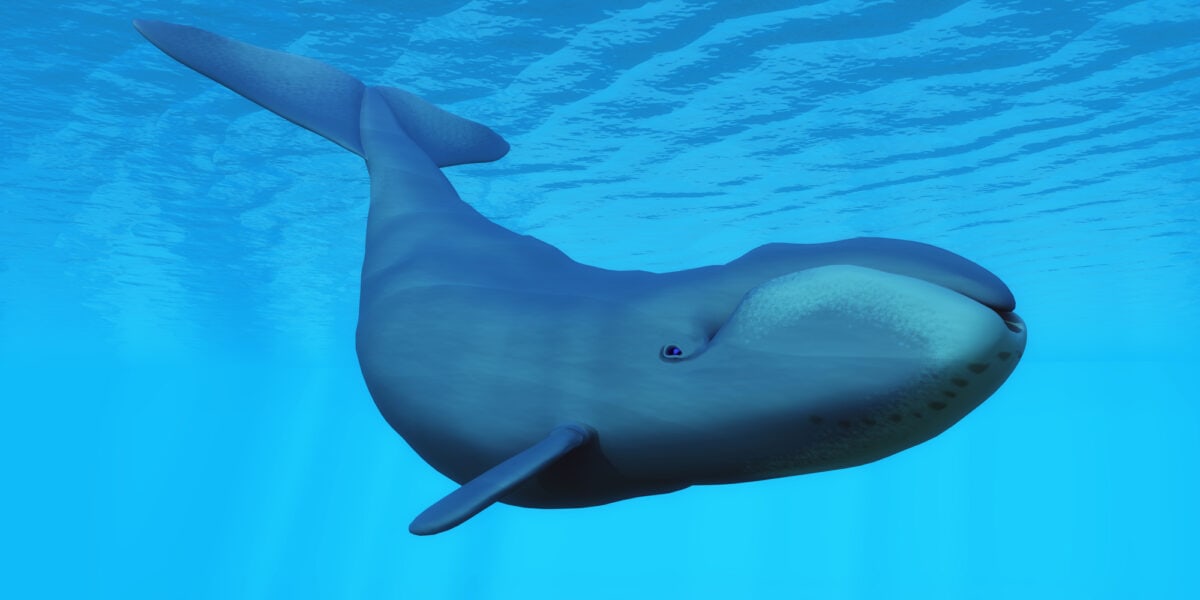
The bowhead whale, inhabiting the chilly waters of the Arctic and sub-Arctic regions, is one of the longest-lived mammals. Known for their massive bow-shaped heads and thick blubber, bowhead whales can live over 200 years. Key factors contributing to their longevity include a slow metabolism that aligns with frigid waters and their resistance to certain diseases. Additionally, research on bowhead whale genetics reveals insights that could inform studies of aging and cancer resistance in humans.
2. Galápagos Tortoise

Synonymous with slowness and endurance, the Galápagos tortoise captivates onlookers with its gargantuan size and gentle demeanor. Native to the Galápagos Islands, these tortoises can live well over 100 years, with some exceeding 170 years. Their long lives are attributed to low metabolic rates, a diet rich in vegetation, and an adaptation to the relatively predator-free environments of the islands. Conservation efforts continue to protect these iconic creatures from threats like habitat loss and invasive species.
3. Greenland Shark
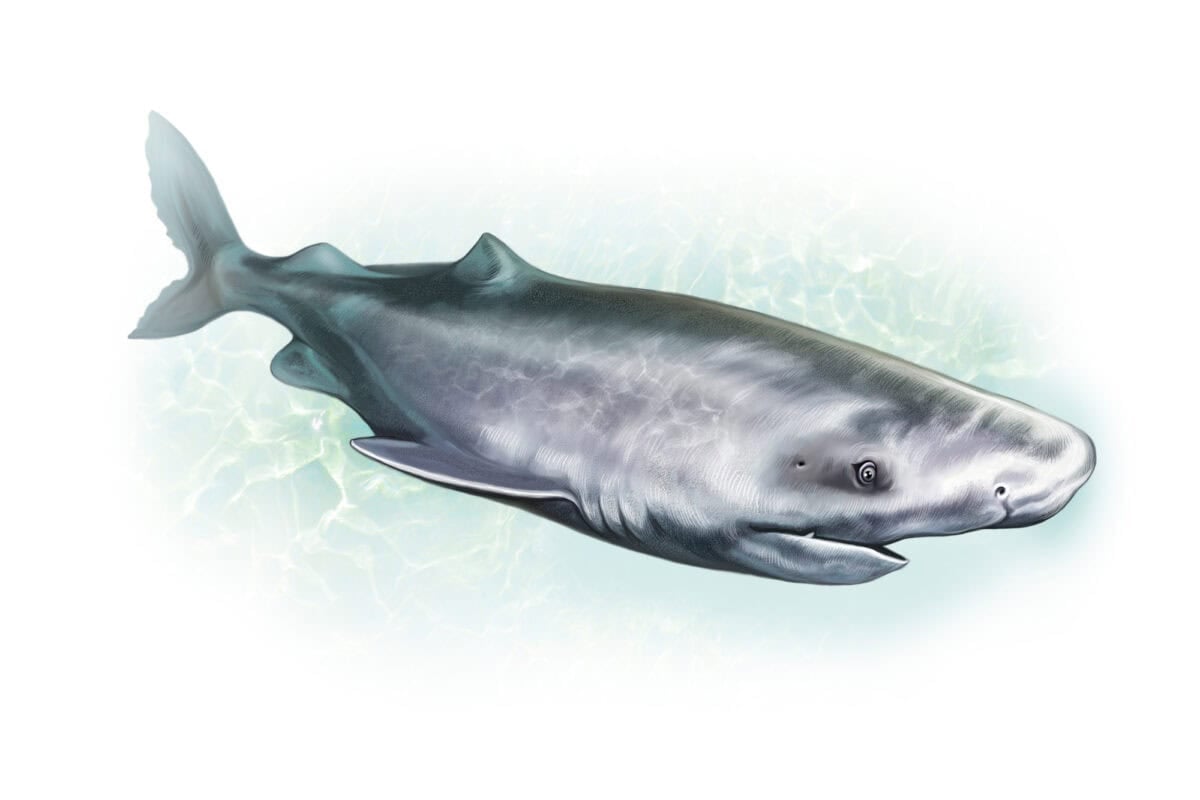
Deep in the North Atlantic Ocean swims a mysterious behemoth—the Greenland shark. Often cloaked in icy waters, this predator can reach an age of 400 years or more, making it one of the longest-living vertebrates known to science. The Greenland shark’s longevity is largely due to its slow growth rate, cold living environment, and minimal human interaction. These sharks are of keen interest to researchers studying aging processes and deepwater marine biology.
4. Ocean Quahog Clam
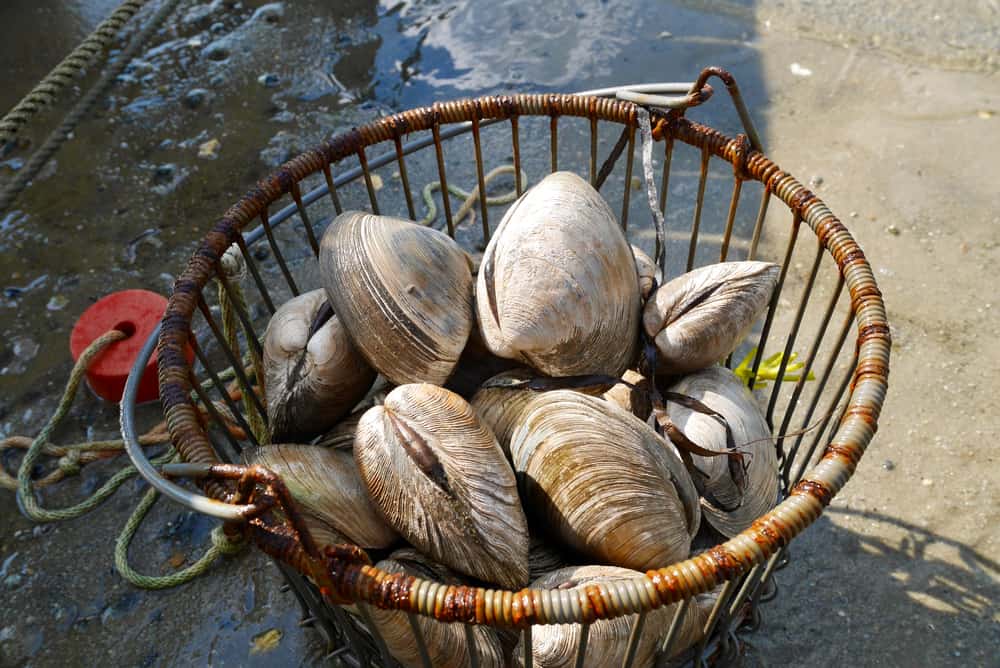
This humble bivalve, primarily found in the North Atlantic, is renowned for its incredible lifespan, often reaching 200 years and occasionally over 500 years. The ocean quahog clam grows slowly in cold, stable environments, which contributes to its durability. Growth rings on its shell mark its longevity, akin to trees, allowing scientists to study climate history. The clam’s cellular structures exhibit little age-related deterioration, providing clues about cellular longevity.
5. Red Sea Urchin

While sea urchins may seem unremarkable at first glance, the red sea urchin can boast an impressive lifespan of over 100 years. Found along the Pacific Ocean floor, from California to Alaska, these creatures thrive in cold, nutrient-rich waters. Unlike their fellow marine dwellers, red sea urchins show negligible senescence, meaning they experience little to no age-related decline. This quality garners scientific interest in unraveling the mysteries of biological immortality.
6. Koi Fish

The decorative koi fish, a staple in Japanese garden ponds, can live over a century, with some reports of koi reaching 226 years. Koi benefit from meticulous breeding practices and can experience less environmental stress than wild fish. While most koi live around 25-35 years in optimal conditions, the rare few achieve monumental ages due to careful care, diet, and genetics. They enthrall koi enthusiasts worldwide with their beauty and endurance.
7. Macaw

Macaws, with their vibrant plumage and lively personalities, are among the longest-lived birds, sometimes reaching over 100 years old. Native to Central and South America’s rainforests, these parrots require social interaction and mental stimulation, factors that contribute to their long lives. In captivity, macaws are cherished companions, with their longevity representing their bond with human caregivers. Proper care, environment, and nutrition are key to ensuring their extended lifespan.
8. Asian Elephant

Known for their awe-inspiring size and revered cultural status, Asian elephants can live beyond 100 years. These gentle giants demonstrate great intelligence and memory, living complex social lives that benefit their longevity. Asian elephants endure longer lifespans when protected from human-related threats like poaching and habitat encroachment. Conservation efforts emphasize the importance of preserving their natural habitats and mitigating human-elephant conflicts.
9. Tuatara

Endemic to New Zealand, the tuatara, a reptile that superficially resembles a lizard, exhibits a lineage dating back to the age of dinosaurs. With lifespans exceeding 100 years, their longevity is supported by a slow metabolism and an environment devoid of many predators. Tuataras possess a unique “third eye” and are considered “living fossils,” reflecting an ancient lineage that survived while many of their contemporaries did not.
10. Freshwater Pearl Mussel
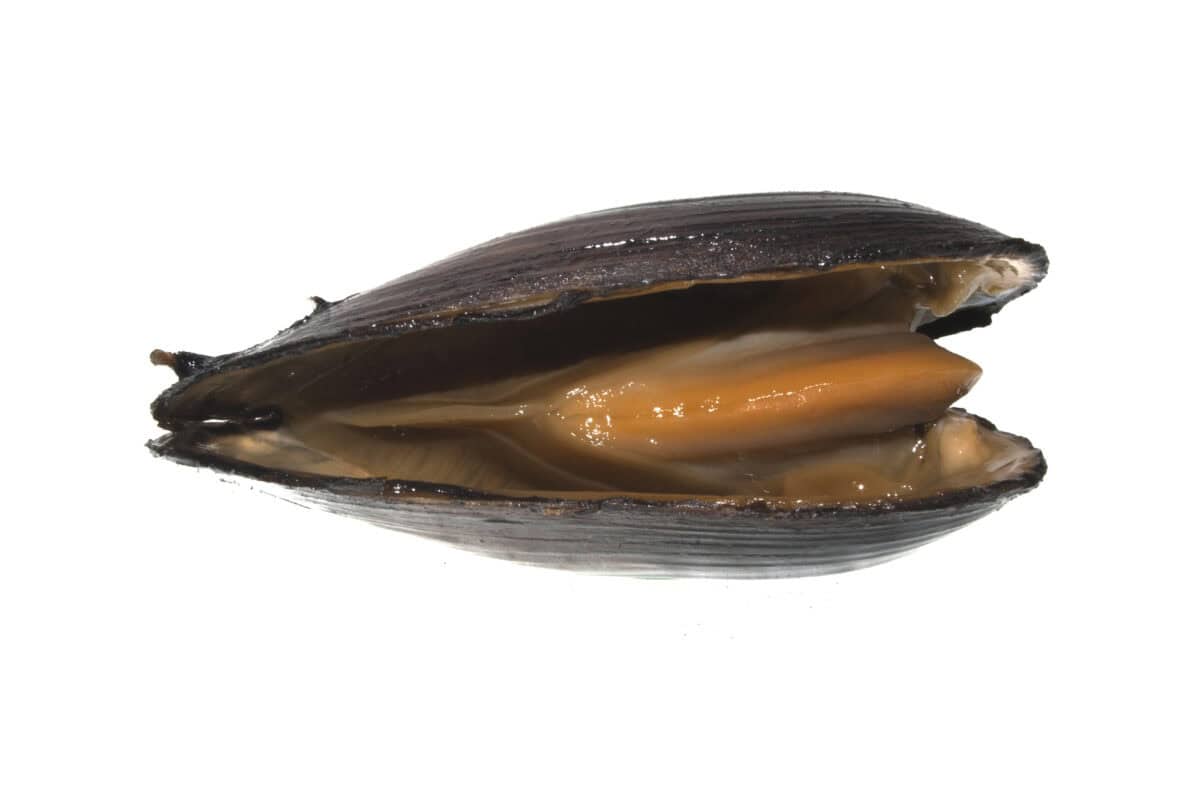
Freshwater pearl mussels can live for over 100 years, often found in clean rivers and streams throughout Europe and North America. Their longevity depends on pristine water conditions, and they are highly sensitive to pollution and habitat changes. These mussels play a crucial ecological role as filter feeders, maintaining water quality. Scientists study them to understand environmental changes and the impacts of habitat conservation efforts.
Conclusion
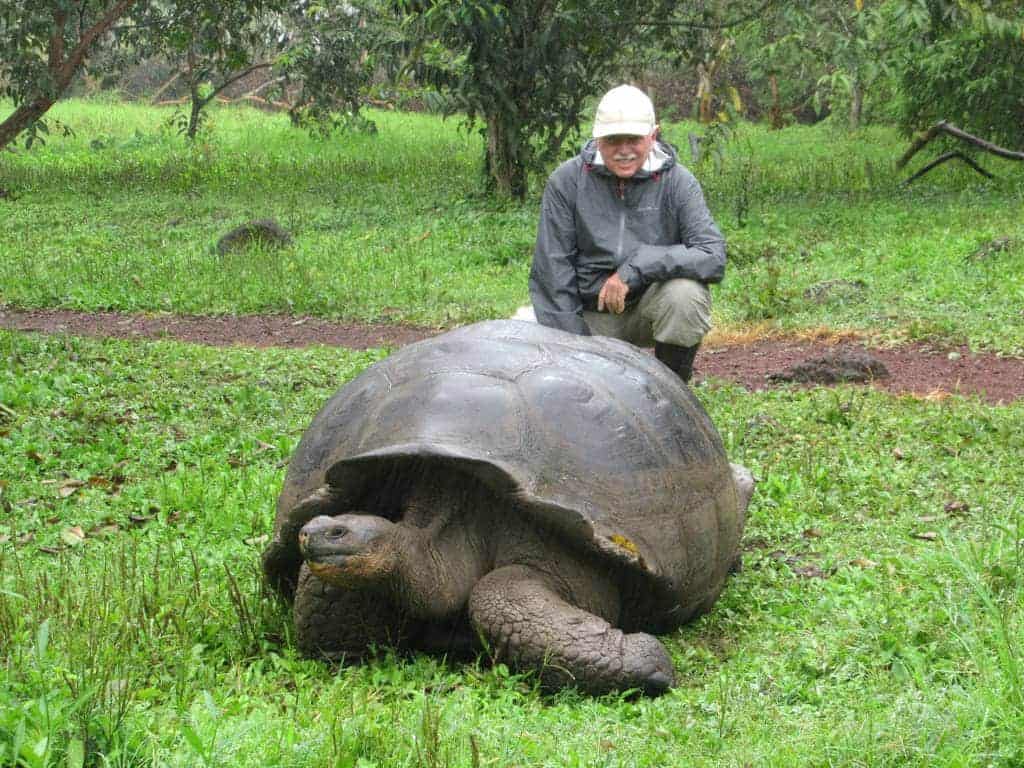
The animals that surpass a century in age highlight the extraordinary resilience and adaptability of life on Earth. From the icy depths inhabited by the Greenland shark to the sun-drenched Galápagos Islands home to tortoises, their stories enrich our understanding of aging and survival. Protecting these species and their environments is vital to unraveling the intricate tapestry of life laws and ensuring these centenarian wonders continue to inspire generations to come.
- 11 Signs a Rhino Is About to Charge - August 9, 2025
- 10 Common Chicken Behaviors and What They Mean - August 9, 2025
- 14 Creatures That Can Freeze and Thaw Back to Life - August 9, 2025

